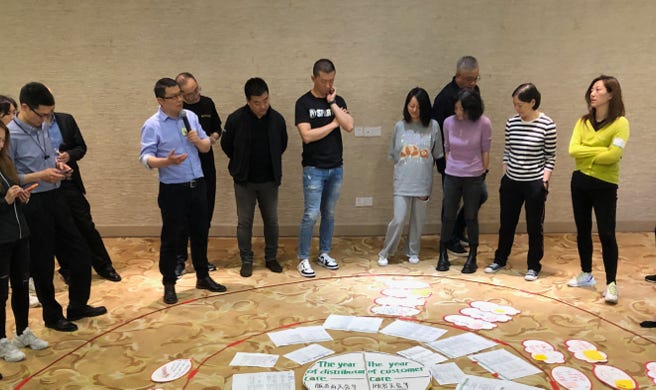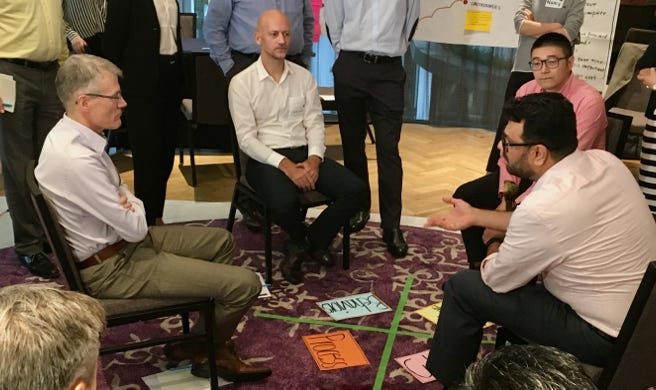It is supremely important for people who work in groups to recognize this: groups that can tolerate the stress of the Groan Zone are far more likely to discover common ground. And common ground, in turn, is the precondition for insightful, innovative co-thinking.
Executives can encourage collaborative behavior by making highly visible investments - in facilities with open floor plans to foster communication, for example - that demonstrate their commitment to collaboration.
When dealing with multiple stakeholders, a collaborative, accordion consensus-building process will take longer than a traditional, top-down, linear approach but, in the end, should progress to the implementation phase more quickly, with significant savings of resources.
Sam Kaner
~ Leading Expert on Consensus Decision Making
Lynda Gratton
~ Professor, Longdon Business School
David Straus
~ Founder, Interaction Associates














